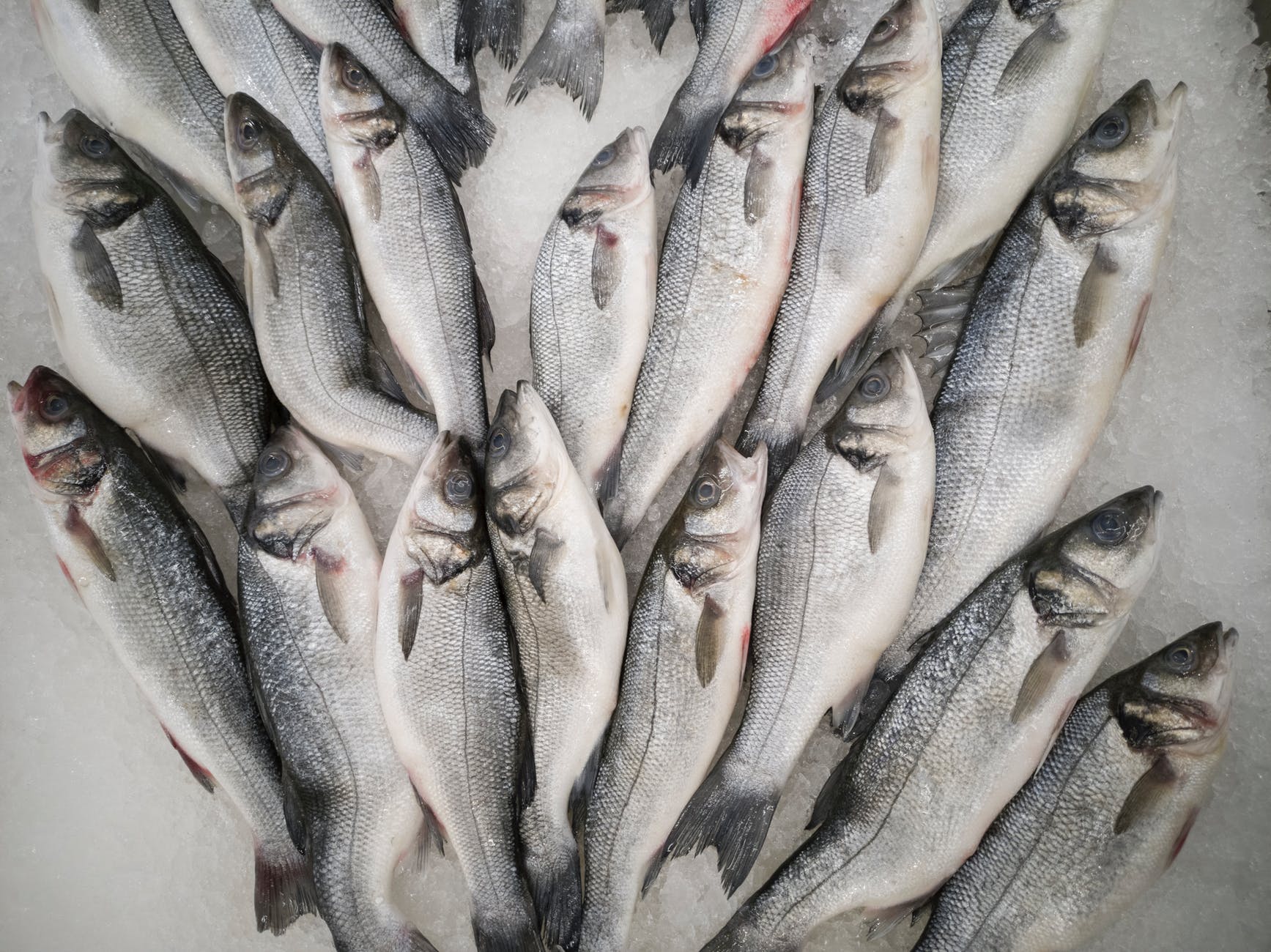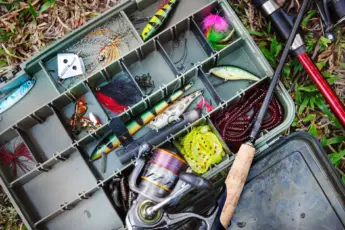In the coastal regions of Georgia, South Carolina, and North Carolina, Sea Trout, Redfish, Flounder, and Sheepshead are prime targets for anglers. These fish types are prevalent in these waters and lead to a tasty fair on the table that evening. For the most part, the weather will not play a significant factor in heading out on the water because these are inshore fish, no need to make long runs offshore in rough seas to find fresh caught fish.
An Abundance Of Fresh Caught Fish Is Available
Often anglers will catch fifty or more fish in a single day. While it may not be necessary to haul all of these back to the house and dependent on your state’s regulations, a couple of nights dinner may be all you need. A big question for some anglers is how to properly store your catch between the time it leaves the water until you are at the fillet table. Storing fish correctly will preserve both its fresh taste and firm texture.
Tips For Storing Fresh Caught Fish On A Boat
-Chose a cooler that will store ice without melting for the entire day of fishing.
-While you never know exactly how much you will catch in a day, assume that two pounds of ice per one pound of fish will keep them chilled out to the right temperature.
-Fill the cooler with crushed ice. Cubed blocks or ice packs are not nearly as effective because the fish should be completely covered in ice.
-Don’t just let the fish sit on the surface in the cooler; submerge it in ice.
-While the fresh catch should not sit directly on the top of the ice, they should not be submerged in water. Keep the drain plug open to prevent an ice pond from forming in the cooler. The fillet of a fish sitting in water will become mushy.
-If allowed by your local regulations and if you want to make an effort while out on the boat, gut the fish and pack the abdomen with ice to maximize freshness.
-The ultimate goal is to reduce the build-up of bacteria. Bacteria accumulates in the stomach and can spread through the fish. Gutting and bleeding out of your fresh catch makes a significant difference in quality.
How To Handle Fish When You Return To The Dock
Once you arrive back at the marina or boat ramp, it will likely be equipped with a fillet table. Just as much care should be taken when both in the process of cleaning fish and the safekeeping of the freshly cleaned fillets.
-Carefully scrub the fillet table, the person who used it before you may not have made any effort to remove blood and scales.
-If you didn’t sharpen your blade before arrival, run a sharpening stone on it for more clean-cut, presentable fillets.
-In many cases, you will be facing high temperatures at the table and intense rays from the sun. Remove one fish at a time from the cooler for cleaning.
-Once the fish is cleaned, rinse the fillet, place it in a zip lock bag, and quickly cover the bag back in ice. Repeat as you make your way through each fish.
-Leave the table clean for the next person.
What To Do With Fresh Fish At Home
Once you head home and unload the cooler, the process remains the same when transferring the fish into the refrigerator. The fillets will be better preserved and taste better when stored on ice or dry ice, which lasts longer.
-Fill a large mixing pot or Tupperware container with crushed ice and bury the fish bags beneath the ice.
-As the ice begins to melt, drain off the water and repack with ice.
-Fillets can be safely stored from three to five days using this method.
All that’s left is to pick your favorite marinade, breading, and cooking method to enjoy the fruits of your labor. Nothing beats the freshness of fish pulled and cooked straight from your local waters. By following these easy steps, you and your guests will notice the flavor and texture preserved.
Are You Ready To Enjoy Your Fresh Caught Fish
The next time you’re ready to enjoy fresh caught fish, be confident that you know how to handle the fillets. Nothing beats a fish caught from the sea and served within days. We have eaten fresh caught fish on a regular basis and can attest to the superb flavor. The next time you’re out fishing, keep a fish within regulation and decide if its right for you.








Leave a Comment
You must be logged in to post a comment.